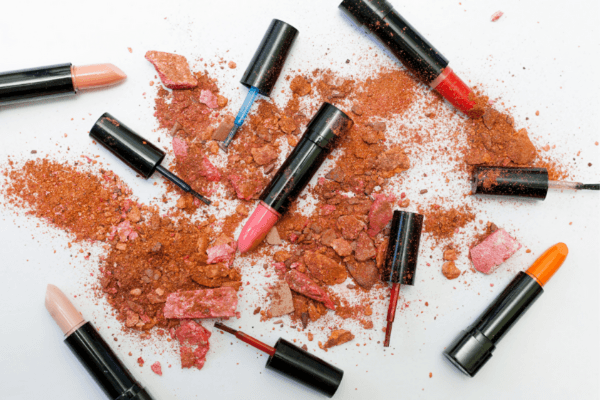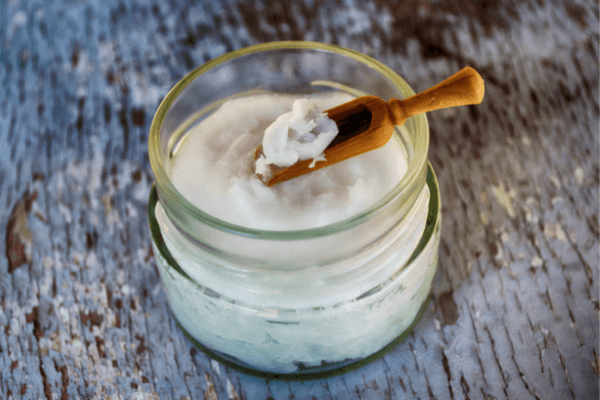Beauty Industry Market Report
)
For as long as we can remember humans have been altering their appearance using materials to paint their skin a different colour, or to add a different texture. While this was originally for protection or for religious reasons, from the eighteenth century onwards it became associated with status, beautification, and fashion.
The global cosmetics industry is growing every year and is now worth over three times the amount it was in 2000. It was valued at $532.43 billion in 2017, and is expected to reach a market value of $805.61 billion by 2023 This is largely due to the makeup sector, which is growing three times faster than any other cosmetics. The Asia pacific market is the biggest market for cosmetics, with Western Europe and North America following not far behind.

Technology, particularly the internet, and the cosmetic industry’s expansion into marketing to younger generations is only feeding this obsession. The cosmetic industry has taken advantage of the explosion in social media. Sites such as YouTube, Snapchat and Instagram are now their major marketing platforms. Beauty bloggers and vloggers are producing a clear majority of content surrounding cosmetics on YouTube (97.4%). Some 51% of those beauty videos were to do with makeup.
Loreal is currently the most valuable cosmetics brand worldwide with 10.2% of the global market share. Estee Lauder, Chanel, and Avon are other significant players. While these long-established brands are very popular, individual newer brands and beauty products seem to be doing much better than they ever have before.
The way we wear cosmetics, and the reasons we do, are changing in the twenty first century. Even though humans have been wearing them, in some form or another, for thousands of years, the multitude of trends and styles we can choose from today has never been larger. There is a full spectrum of colours and ingredients in both affordable and high-end products accessible to us, and we can wear it without censure.

In recent years, the traffic coming to beauty websites is decreasing, yet the online sales figures are growing. This can be attributed to social media sites such as Instagram, YouTube, and Facebook becoming the destination for an online experience with the brand. The director of Estee Lauder, Freda asserted that 65% of people under the age of 35 use social media to discover and choose beauty products.
The cosmetic trends that have increased sales the most are the trends seen on social media. Online makeup trends like contouring, strobing, skin peels, vampire facials, and makeup baking are having a huge influence on consumers purchase of cosmetics. The 2015 contouring trend saw the product sales grow six times, and the number of product types for sale grow three times.
Looking for more retail insights, industry trends, or business tips? Visit Autumn Fair, our September show, and take part in our free workshops and seminars.

)
)
)
)
)
)
)
)
)
)
)
)
.jpg.png/fit-in/500x500/filters:no_upscale())
)
)
)
)
)
)
)
)
)
)
)
)
)
)
)
)
)
)
)
)
)
)
)
)
)
)
)